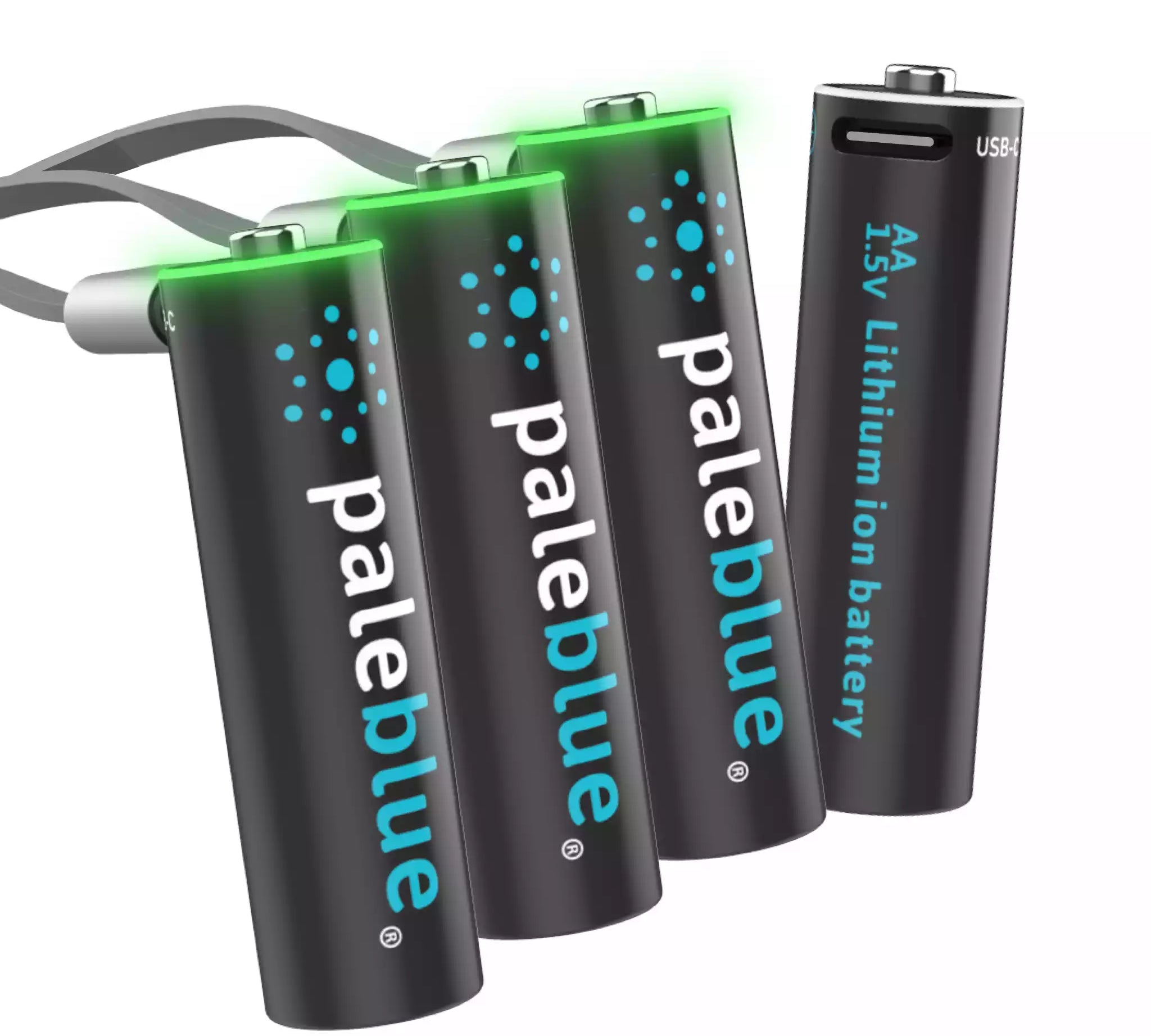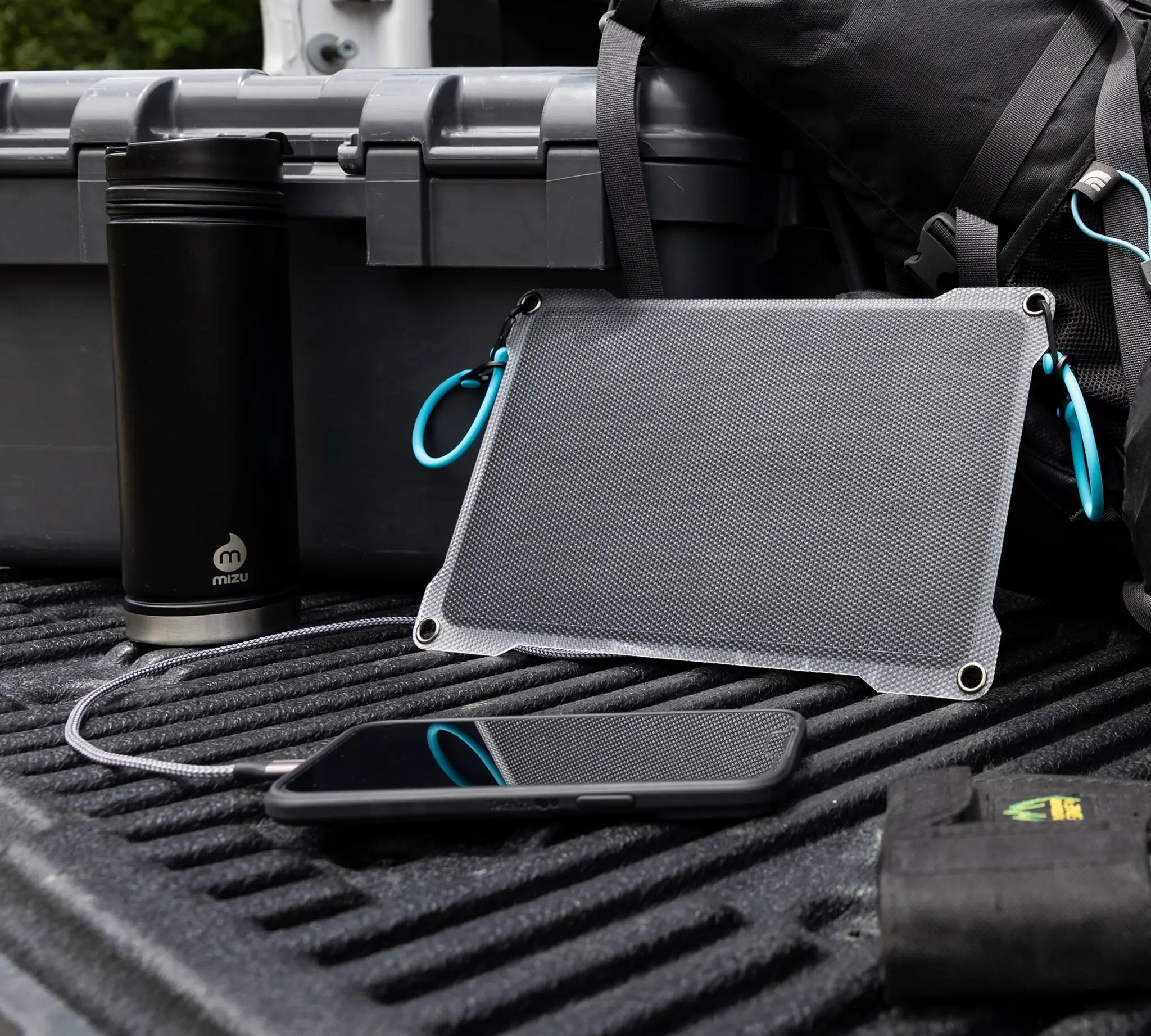USB-C Is Becoming the Default USB Port

Here at Paleblue, we have been making the transition to USB-C technology for the last several months. USB-C is the latest iteration of a charging and data transfer technology that has been around for more than a decade. More and more consumer-electronics are being released with the USB-C port on board.
By all accounts, it appears as though USB-C will become the default sooner rather than later. Certain companies that have resisted standardization, like Apple, are moving toward USB-C quickly. And in Europe, there's talk of actual legislation that would require USB-C as the standard charging port for all cell phones, tablets, and other consumer electronics.
Why USB-C for Charging
The original USB port was not designed to be a charger. It was designed for data transfer in a world that relied on half-a-dozen different types of ports to connect peripherals to PCs. USB created a standard that made it possible to mix and match peripherals rather than having to stick with only those from a certain manufacturer.
That said, it was not long after USB was established as a data transfer standard that engineers realized they could also use the port to send power to peripherals. From there, it was just a short step to using the technology to charge lithium-ion batteries. That is where we are now.
Why is USB-C better for charging? A couple of reasons. First, it is faster. USB-C can carry more electricity faster than its older counterparts. Rechargeable lithium-ion batteries already charge faster than NiCad and NiMH batteries. But with on-board USB-C, they now charge faster.
A Single Cord and Port
The other main benefit of USB-C as a charging standard is convenience. Once it becomes the default standard to replace all others that came before it, you will only need one cable and one charging port to handle everything from your rechargeable lithium-ion batteries to your smartphone.
One port and one cord make charging and powering electronics a lot easier. At home, you don't need five different types of cables to accommodate all your devices. When you are on the road, you can take a single cable and know that it will work with any charging port you run across.
The Little Things Add Up
On its face, the USB-C standard seems like such a little thing. But like so many other areas of life, little things add up. Every new technological advancement that adds just a little bit more convenience makes the technology better.
Another thing to remember is that moving to the USB-C standard doesn't just help people looking to power their rechargeable batteries or cell phones. The same technology offers faster data transfer speeds as well.
That means USB-C-enabled peripherals will work faster and be capable of transferring more data. It means larger devices, like smart TVs for example, will become more useful. Faster data speeds and a higher power capacity just makes things better.
Paleblue and USB-C
We are happy to say that we saw the USB-C standard coming when it was first introduced. We are thrilled to be able to incorporate it into our rechargeable single A, AA, AAA, C, D, and 9V batteries. We are confident that USB-C will completely replace all the other types of USB connectors. It is just a matter of time.
USB has been a reliable and valuable technology since it was first invented. It continues to improve with every iteration. USB-C is the latest and greatest and is making good progress at becoming the default USB technology for all sorts of electronics.
- Tags: Batteries







